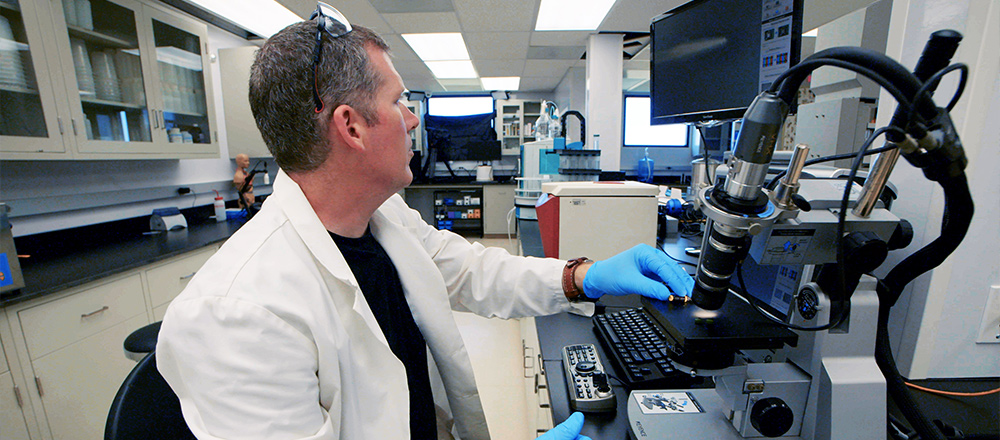
Successful testing of food, beverage and water samples isn't simply about running instruments. It's about preparing the samples in a way that extracts the target molecules in order to achieve high "recoveries" of those chemicals.
Food matrices are especially challenging, since recoveries vary widely. For glyphosate testing, for example, some foods will retain 97% of the glyphosate they contain and only appear to show 3% of their actual composition for that herbicide.
Other foods have 100% recoveries, and some have recoveries over 100% due to unusual chemical interactions.
Testing foods and supplements accurately requires years of analytical experience and an internal knowledge base of how to handle a wide variety of samples in order to achieve the most accurate, reproducible results.
Testing gummy bears, for example, is completely different from testing oats. High-fat samples -- such as chocolate bars -- also require a different approach. Some foods contain molecules that bind together with glyphosate to form "complex glyphosate" molecules, effectively hiding those molecules from normal detection.
At CWC Labs, we have an internal knowledge base of over 1,000 food matrices, covering everything from coffee to beef jerky. We can test nearly every grocery product in existence, and we can also handle most supplements, raw materials and non-biological samples.
When sample prep is done poorly, the results you get may vastly under-state the actual concentrations of chemicals in the original sample. We've seen numerous examples where a company publicly states their product contains X amount of an herbicide, for example, when it's really more like 20 X.
It's also about the way we approach science. When your commitment is to maximize detection and find contaminants rather than cover them up, it's amazing what modern science can achieve!